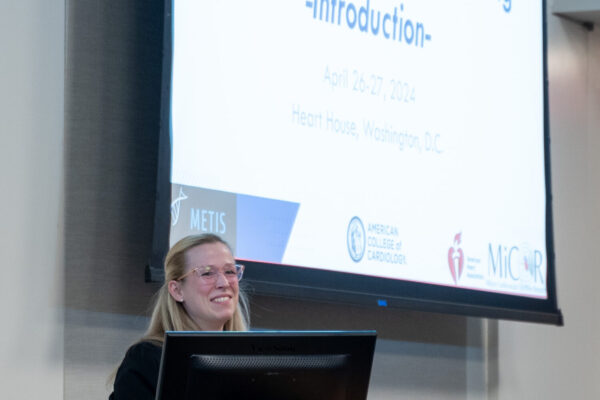
Heart of the Mission: Pioneering Cardiac Care for Tactical Athletes at the American College of Cardiology
I recently participated in an important event organized by the American College of Cardiology (ACC) focused on tactical athletes. How are tactical athletes defined? Tactical athletes are a unique group of individuals whose professions demand not just skill and strategy but also significant physical exertion. They include a host of individuals, such as: military personnel, law enforcement officers, fire/rescue workers and emergency response personnel.
The symposium was held at the ACC’s headquarters in Washington, D.C., led by sports cardiology experts Dr. Ben Levine, Dr. Beth Dineen, Dr. Mark Haigney and one of my mentors, Dr. Richard Kovacs. We gathered with over 50 of the world’s leaders in sports cardiology to discuss and improve how we manage heart health for these professionals. The energy and dedication to improve health outcomes for those who serve us were clear throughout the event.
We covered many topics, including how to evaluate these athletes before they participate in their roles, the ethical considerations of their health eligibility, and how to interpret heart tests like ECGs. We also looked into heart disease genetics and discussed the needs of older athletes who are still active.
The collaborative spirit of the event was one of its best parts. Everyone was eager to share knowledge and work together. By the end of the symposium, we had developed new strategies and guidelines to better care for tactical athletes, ensuring they can do their jobs safely and effectively.
This event was just the start. We not only want to provide excellent medical care but also to honor the commitment of tactical athletes by making sure they have the best support to keep them healthy. This has been a great learning experience, and I’m excited to continue this work. This commitment to service is central to our mission in medicine and in supporting our communities.
This initiative has been a remarkable journey of learning and collaboration, and I look forward to continuing this important work. At the heart of our mission lies a commitment to service, both in medicine and in our communities, and this symposium has reinforced that commitment with every discussion, every strategy, and every heart we aim to protect.










